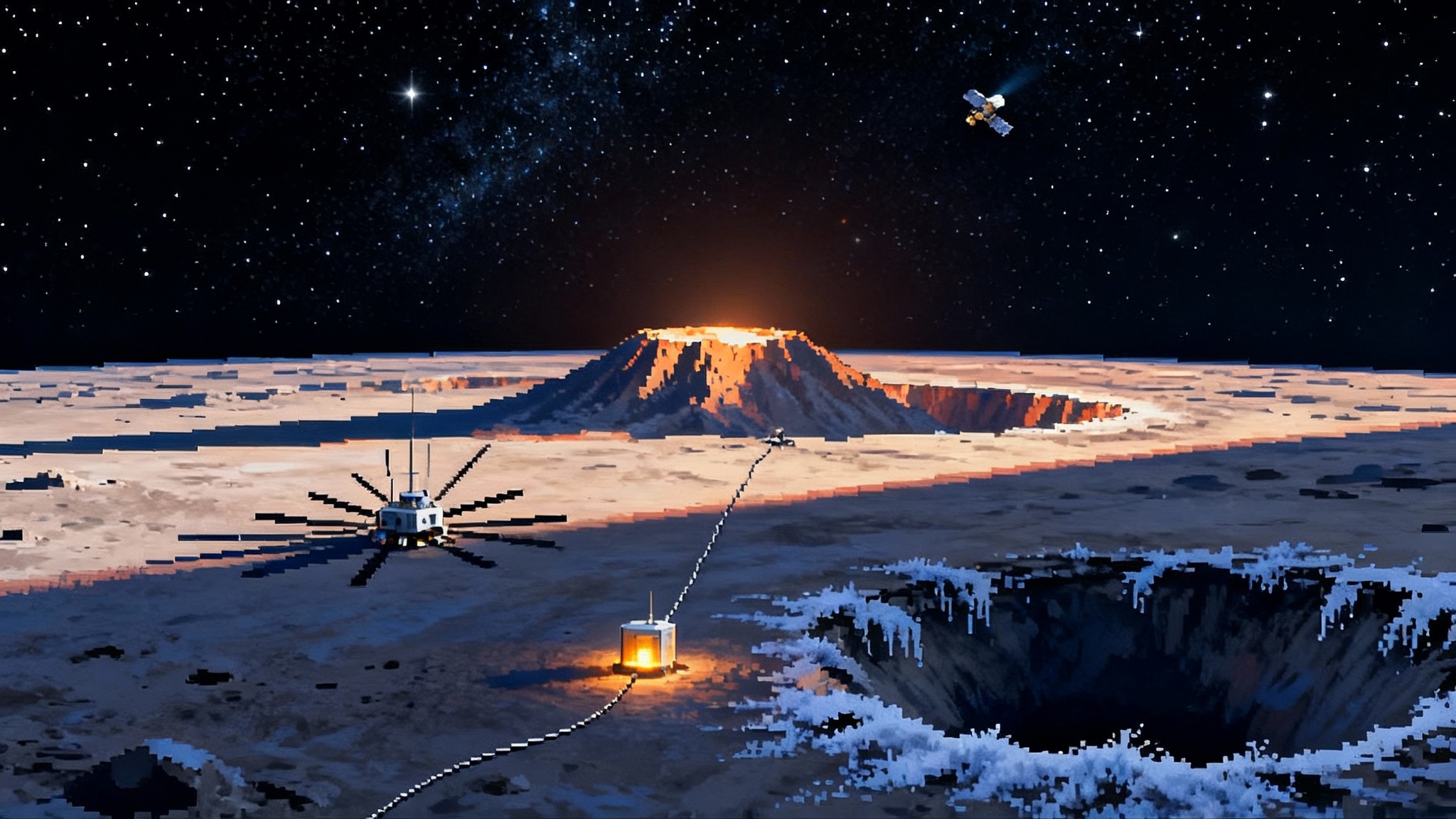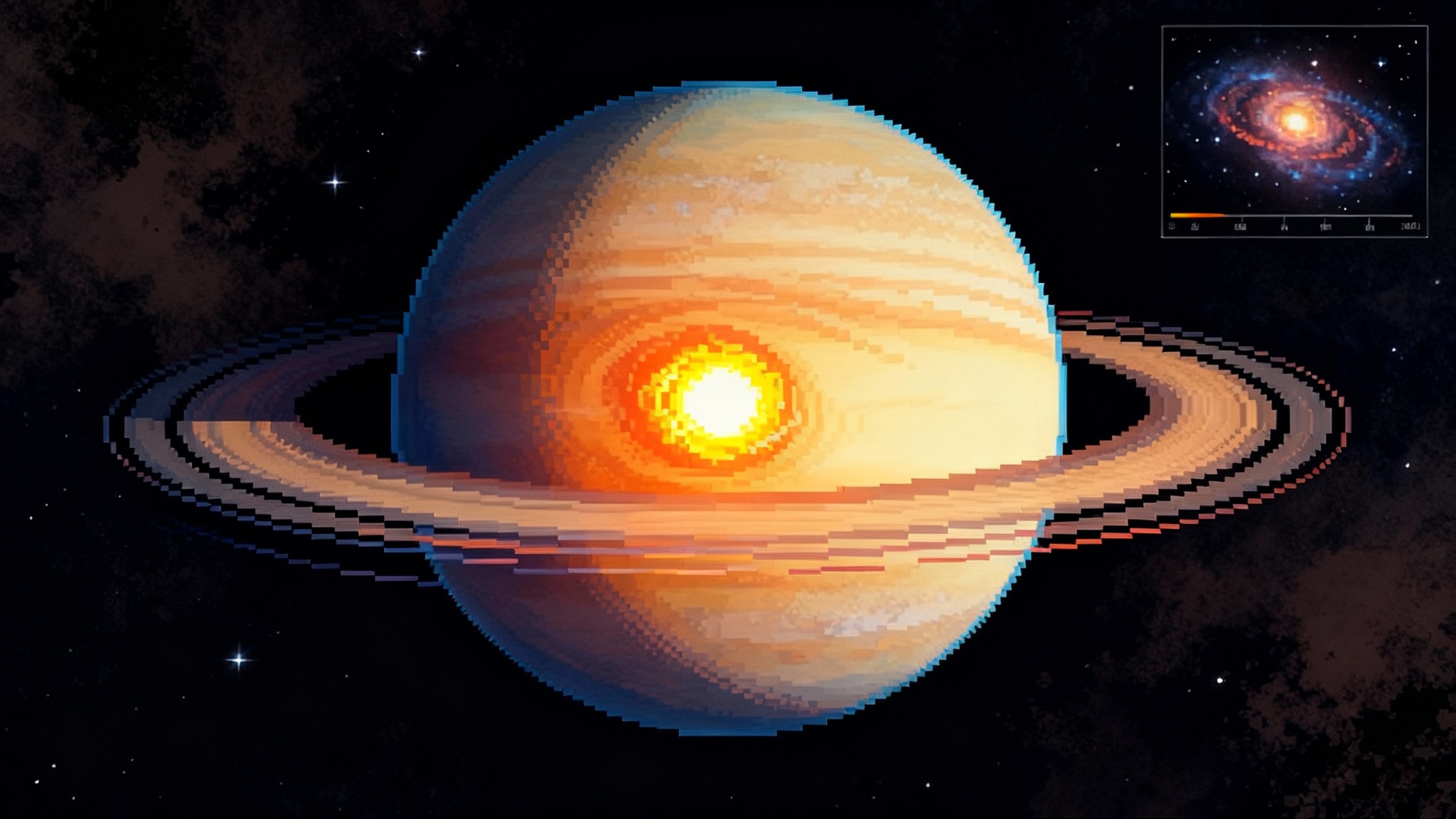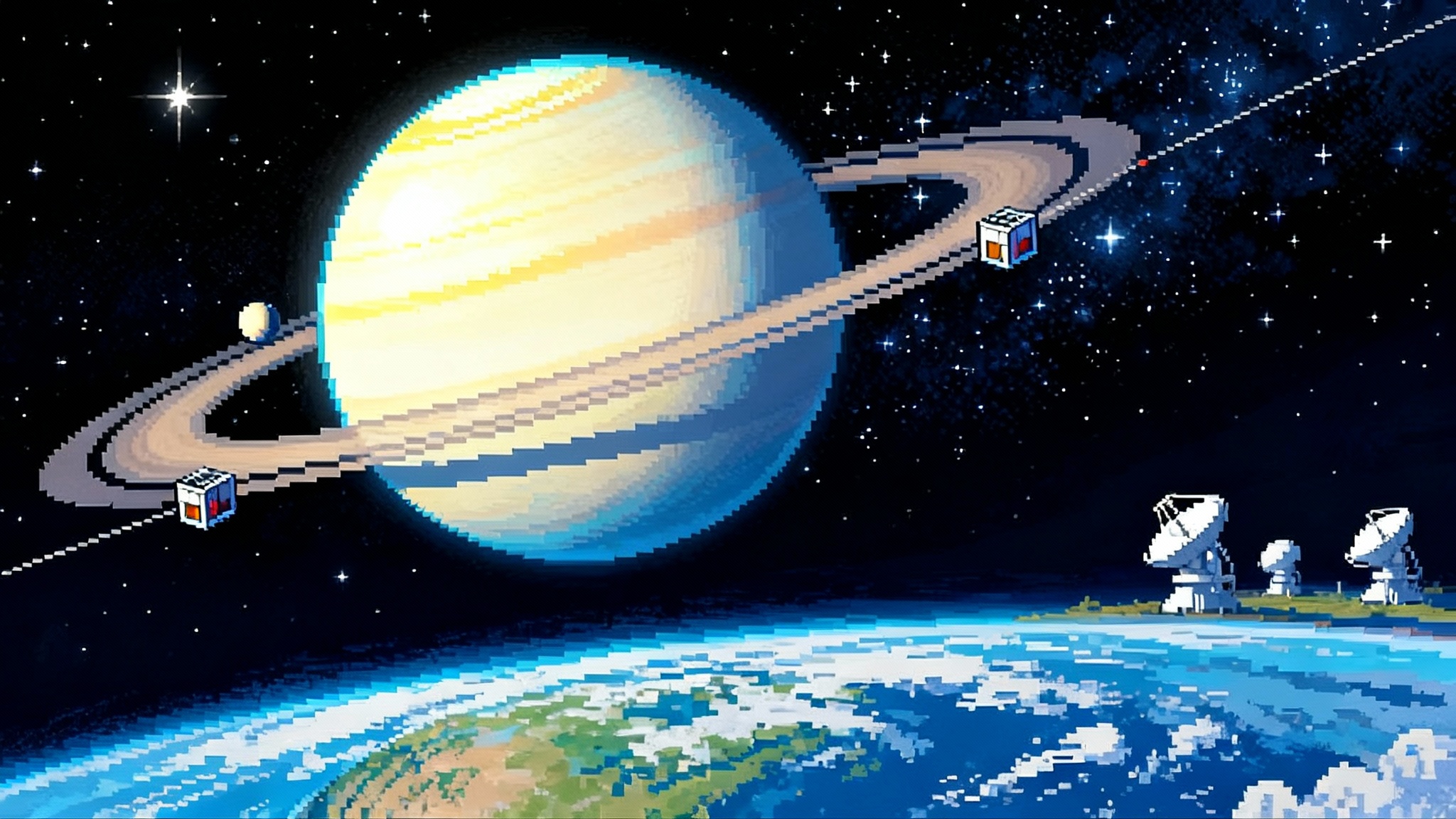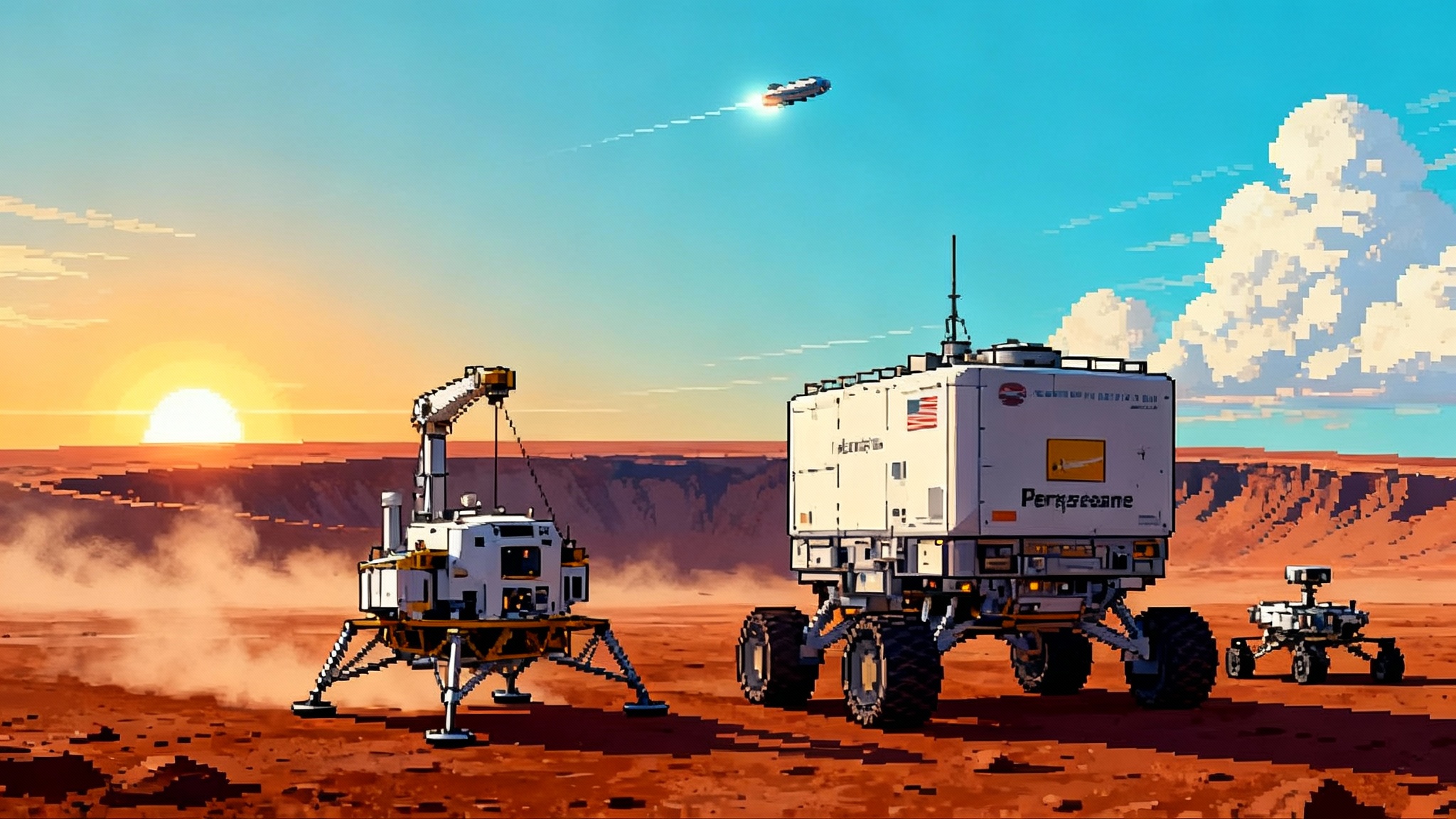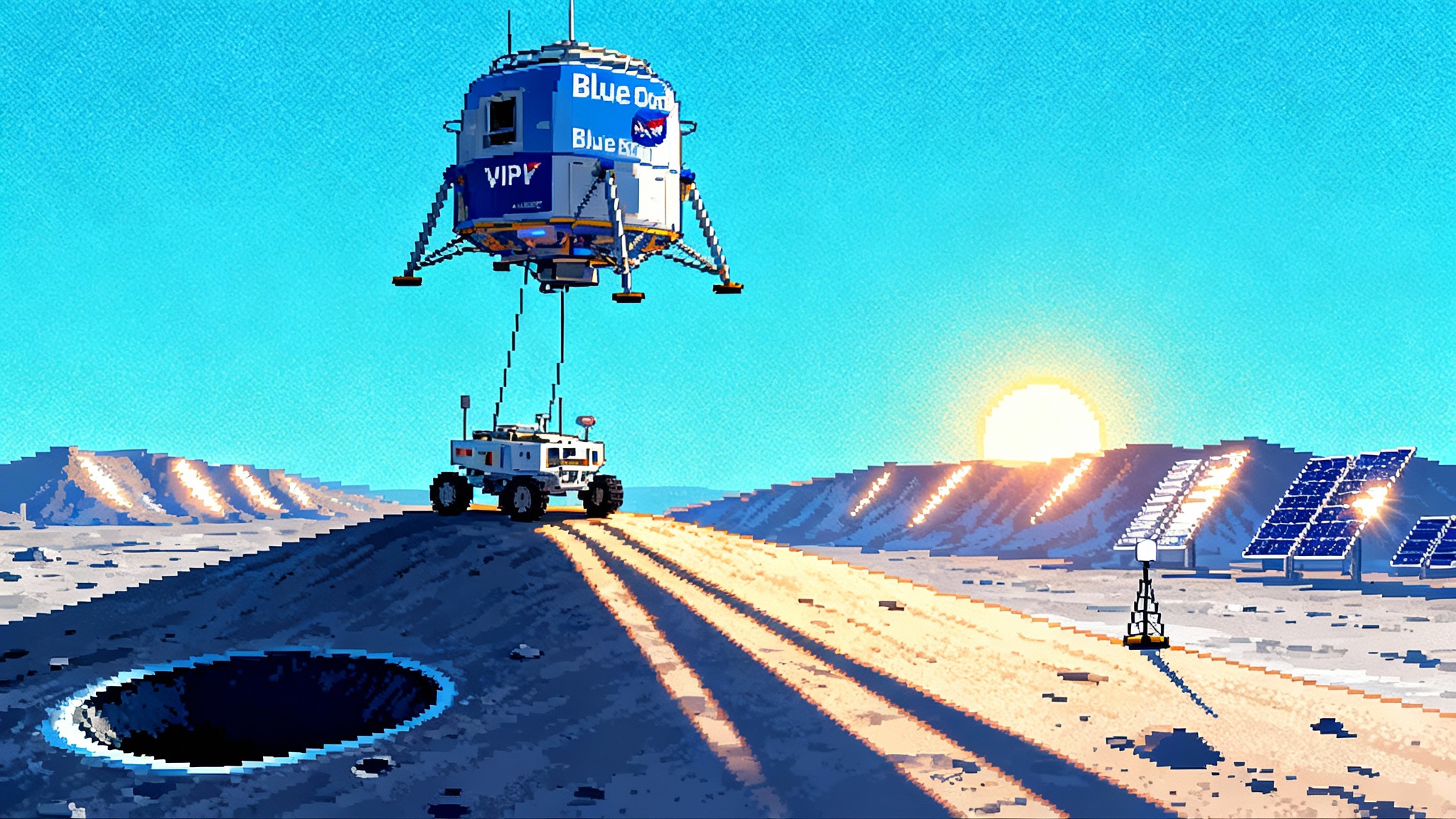K2-18b’s biosignature showdown and the road to 5 sigma
Between April and September 2025, teams using JWST reported a 3 sigma hint of dimethyl sulfide or dimethyl disulfide in K2-18b’s atmosphere. Here is what that actually means and the fastest plan to confirm or refute it.
Breaking: a whisper of sulfur on a hycean world
Between April and September 2025, independent teams working with James Webb Space Telescope data reported a 3 sigma hint of spectral features on K2-18b that look consistent with dimethyl sulfide or its close cousin dimethyl disulfide. In other words, the planet may carry a faint chemical scent of sulfur-bearing organics. As of October 2025, this is not a declaration of life. It is a statistically interesting nudge that landed in the most provocative place possible, a likely hycean world where a hydrogen-rich atmosphere could sit above a deep ocean. Lessons from the Makemake methane playbook remind us that subtle molecular features demand disciplined follow up.
K2-18b orbits a cool red dwarf about 124 light years away. It is roughly 2.6 times Earth’s radius and about eight to nine times Earth’s mass. When it crosses the face of its star every 32.9 days, a tiny fraction of starlight filters through its atmosphere. Molecules leave their fingerprints as bumps and wiggles in the spectrum. JWST’s JWST Near-Infrared Spectrograph and JWST Mid-Infrared Instrument are sensitive enough to read some of those fingerprints at parts-per-million levels.
The spring and summer analyses did not claim a discovery of life. They claimed a 3 sigma signal that lines up with dimethyl sulfide or dimethyl disulfide. That is the beginning of a story, not the end.
What a 3 sigma hint really means
"Think of 3 sigma as a cautious eyebrow raise." If your data are shaped like the classic bell curve, then a 3 sigma deviation is what you would expect by random chance about three times in a thousand. That sounds impressive, so why not pop the champagne? Because spectra are not coin flips. They are long, structured data sets with many ways to nudge the numbers. You choose models, you mask wavelengths, you adjust priors, you correct noise, and each decision is an opportunity to accidentally boost a coincidence.
There is also the look-elsewhere effect. If you peek across many wavelengths for many molecules, a 3 sigma blip somewhere is not surprising. Global significance is what matters, the odds after accounting for all the places you looked. That is why particle physicists wait for 5 sigma before saying they found a new particle. Astronomy is messier than the collider hall, but the moral travels well. A 3 sigma hint says pay attention. It does not say case closed.
Why dimethyl sulfide and dimethyl disulfide matter
Dimethyl sulfide, often shortened to DMS, is produced on Earth mainly by marine microbes. It leaks from plankton ecosystems and seeds clouds. Dimethyl disulfide, DMDS, is often a breakdown product of sulfur-bearing organics. On Earth, their presence in the atmosphere is tied to biology, but do not take the Earth playbook and stamp it on an exoplanet. The point is not that DMS or DMDS automatically means life. The point is that they are chemically fragile in hydrogen-rich atmospheres. They get destroyed by ultraviolet light and reactive radicals. To maintain detectable amounts you need a source that keeps feeding them. Life is a tantalizing source. Exotic geochemistry could be another. The job now is to sort those possibilities. For a Solar System analog on the value of organics, see the Enceladus organics case.
A practical reason these molecules matter is observational. DMS and DMDS have distinctive vibrational features in the mid infrared, with additional weaker overtones at shorter wavelengths. That means JWST can, in principle, discriminate them from more common gases like methane, carbon dioxide, and water vapor if we collect the right photons at the right wavelengths and if our laboratory data that describe how these molecules absorb light are accurate at the temperatures and pressures of K2-18b’s atmosphere.
The three big pitfalls
Three pitfalls stand between a 3 sigma eyebrow raise and a 5 sigma verdict.
-
Stellar activity. K2-18 is an M dwarf. Starspots, faculae, and flares can imprint color changes that masquerade as molecular features. If the star is evolving between transits, simple corrections can miss the mark. You can think of this as listening for a whisper during a guitar solo that keeps drifting in tempo. Without a model of the guitarist, the whisper can sound like part of the melody.
-
Model degeneracy. Retrieval codes try millions of atmospheric combinations to find what best matches the data. Hydrogen-rich atmospheres are especially slippery because pressure broadening and overlapping bands let very different mixtures mimic each other. Haze and cloud particles can tilt the spectrum. The wrong prior on temperature or metallicity can drag the algorithm toward a false positive.
-
Laboratory data. The absorption cross sections of sulfur-bearing molecules at 300 to 800 kelvin under hydrogen and helium broadening are incomplete. The line lists we feed to our retrieval codes are great for some species and shaky for others. If your dictionary is missing words, it is easy to read a sentence that is not there.
The fastest plan to a 5 sigma verdict
This is a solvable problem. Here is a concrete, time-boxed plan that can push this from hint to verdict.
1) Targeted JWST follow ups that hit the right bands
- MIRI spectroscopy at 6 to 12 micrometers. This is where many organosulfur fundamentals sit. Use Medium Resolution Spectroscopy for higher spectral resolution if systematics allow, otherwise Low Resolution Spectroscopy for efficiency. The goal is to measure multiple independent bands that belong to the same molecule. If DMS is real, we should see a correlated pattern across several features. If it is a coincidence of methane and haze, the mid infrared will break the tie.
- NIRSpec coverage at 2 to 5 micrometers. Overtones and combination bands are weaker, but they give leverage on temperature, methane, and carbon monoxide that feed into more robust mid infrared interpretations. NIRSpec’s medium resolution modes can also help separate blended features that are washed out at lower resolution.
- Enough transits to beat down noise. Significance scales roughly with the square root of the number of transits, until you hit a noise floor. If the current stack delivers a local 3 sigma for DMS or DMDS, then, in a simple world, a factor of about three more information pushes you to 5 sigma. That could be nine more high quality transits if the initial stack bundled about five. K2-18b’s 32.9 day period is the bottleneck. Nine transits means roughly ten months if scheduling is perfect, more likely 12 to 18 months once you account for visibility windows and spacecraft constraints.
- Cross instrument consistency checks. Observe a subset of transits with both NIRSpec and MIRI within a few weeks of each other. If the star changes, the two instruments will see it differently. A consistent molecular inference across instruments adds credibility that no single pipeline or detector quirk is driving the result.
2) Smarter stellar activity filtering that tracks the star in real time
- Monitor K2-18 photometrically before, during, and after each JWST visit. The goal is a contemporaneous light curve to constrain spot coverage and evolution. Small telescopes can do this. So can larger survey facilities when the field is in view. The amplitude and color of variability give priors for the stellar contamination model.
- Obtain high resolution spectra of the star near each transit from the ground. Track chromospheric lines like H alpha, and the calcium H and K doublet if accessible, to measure activity level. Feed those measurements into a physically motivated contamination model, not just a generic Gaussian process.
- Use transit chord tomography when possible. If a transit grazes a spot or facula, you can sometimes map it from the shape of the light curve. That map becomes a prior for the wavelength dependent correction. The idea is to remove the guitarist from the recording, not just muffle the high notes.
- Share and standardize. The same stellar activity model should be run by multiple teams with transparent assumptions so that the community converges on a consistent treatment. If a candidate DMS feature survives several independent stellar models, it deserves more confidence.
3) New laboratory cross sections for sulfur compounds at exoplanet conditions
- Measure absorption cross sections and line lists for DMS, DMDS, methanethiol, carbonyl sulfide, sulfur dioxide, and hydrogen sulfide between 300 and 800 kelvin, and at pressures from a few millibars to several bars. Include broadening by hydrogen and helium. Without this, retrievals risk matching the wrong template.
- Aim for spectral resolution that serves both space and ground work. JWST retrievals thrive with moderate resolution, while future extremely large telescopes will use very high resolution cross correlation. Build lab data sets that support both routes.
- Archive and version openly. Retrieval results are only as good as their inputs. A shared, versioned database of sulfur cross sections with uncertainty estimates lets teams propagate errors honestly and makes disagreements traceable.
4) Hard tests of abiotic chemistry that try to kill the biosignature
- Forward model volcanic and hydrothermal outgassing on a water rich, hydrogen dominated planet. Quantify how much DMS or DMDS could be produced without biology, given plausible interior sulfur inventories and realistic catalytic pathways.
- Run photochemical models that include ultraviolet radiation from an active M dwarf. Compute destruction rates for DMS and DMDS and identify byproducts that JWST can look for. If an abiotic model produces DMS, it will also produce telltale companions, for example certain sulfur oxides or carbonyl sulfide. If those companions are absent at tight limits, the abiotic route is in trouble.
- Check redox budgets and disequilibrium pairs. Methane plus carbon dioxide at the same time is already a sign that something is feeding reduced gases against the oxidizing tide. Add a persistent organosulfur on top and the case strengthens. If instead we see a spectrum rich in carbon monoxide with little methane, abiotic scenarios gain traction.
- Pre register falsification criteria. Before new data arrive, define what measurements would disfavor a biological interpretation. The transparent, go or no-go mindset echoes the rigor in the Mars sample return strategy.
What Roman and the ELT will add
The Nancy Grace Roman Space Telescope is not a JWST clone, but it can help. Roman can deliver long, stable photometric time series when it stares, which means it can characterize stellar variability with high precision over seasons. For K2-18, that means a cleaner separation between star color noise and planetary spectrum in the joint fit. Roman’s coronagraph technology demonstration is not aimed at small planets like K2-18b, but any additional constraints on the host star and the broader system feed back into better models.
ESO’s Extremely Large Telescope changes the game by brute force photons and spectral resolution. With instruments that reach the near and mid infrared at high resolution, the ELT can use the cross correlation technique during transits to pick out the faint forest of planetary lines that slide in velocity as the planet moves. That Doppler shift separates the planet’s spectrum from the star and from Earth’s atmosphere. If DMS or DMDS truly sit in K2-18b’s air, their combined thousands of lines at high resolution become a detectable pattern even when individual lines are too weak to see. The ELT can also target methane, water, and carbon monoxide in the same way, locking down the overall chemistry that any life or volcano model must respect.
Beyond spectra, the ELT’s precision can test for small transit depth changes across epochs that might indicate evolving clouds or hazes. That matters because haze is one of the easiest ways to fake or mask molecular features at lower resolution. If high resolution data see the lines while low resolution data see a flat slope, the discrepancy is a clue about aerosols, not a confusion about molecules.
A focused budget and a real timeline
What would it take to settle this quickly and cleanly?
- JWST time. About a dozen additional high quality transits with the right instrument modes, split between NIRSpec and MIRI, scheduled to maximize overlap with ground monitoring. That is on the order of 100 to 150 hours once you include overheads and repeats for failed attempts. Pricey for a single target, but well within the scale of focused programs JWST has already executed.
- Ground support. A coordinated spectroscopic and photometric campaign using existing facilities that can monitor K2-18 around each JWST visit. Allocate blocks on mid sized telescopes for photometry and on high resolution spectrographs for activity indices. This is an organizational challenge more than a financial one.
- Laboratory investment. A crash program to measure sulfur molecule cross sections at exoplanet conditions with hydrogen and helium broadening. This is not a decade long enterprise. With the right funding for a small coalition of labs, a first public release could arrive in months, with updates over the following year. The cost is a rounding error compared to the space time we are spending already.
- Modeling resources. Fund a set of open, reproducible retrieval and photochemical modeling efforts that run the same data through different codes with common inputs and clear, public priors. Require teams to report both local and global significance, and to publish their null results when models fail. That transparency will accelerate consensus.
A realistic timeline is 12 to 24 months for a verdict if the community chooses to sprint. The orbital period is the rate limiter. Build buffer around scheduling slips and occasional instrument hiccups. If we start now, the next observing seasons can carry enough transits to lift a 3 sigma whisper into a 5 sigma statement, or to flatten it into the noise where it belongs.
The punchline
This could be the first credible chemical hint of life on a world beyond our Solar System. Or it could be a mirage born from a talkative star, an overconfident model, and laboratory data that were not ready for prime time. Both possibilities are exciting for different reasons. One would rewrite the opening chapter of astrobiology. The other would teach us how to stop fooling ourselves and make the next claim stronger.
The right response is not to wait for perfect certainty, it is to move with discipline. Point JWST where the sulfur fingerprints are most telling. Track the star like it is a target of its own. Fund the lab spectra so our codes stop guessing. Try to kill the biosignature with abiotic chemistry. Invite Roman and the ELT to weigh in as soon as they can. Put the plan on a shared calendar and hold ourselves to it.
We are close enough that a year or two of focused work can turn a whisper into a verdict. If it is life, we will have earned the right to say it. If it is not, we will have built the muscle to recognize the real thing when it finally appears. Either way, K2-18b just gave us a clear next move. It is on us to take it.
